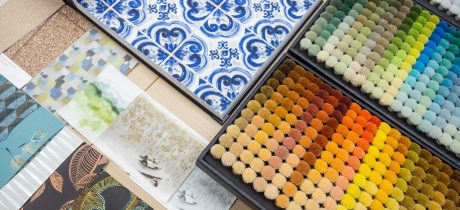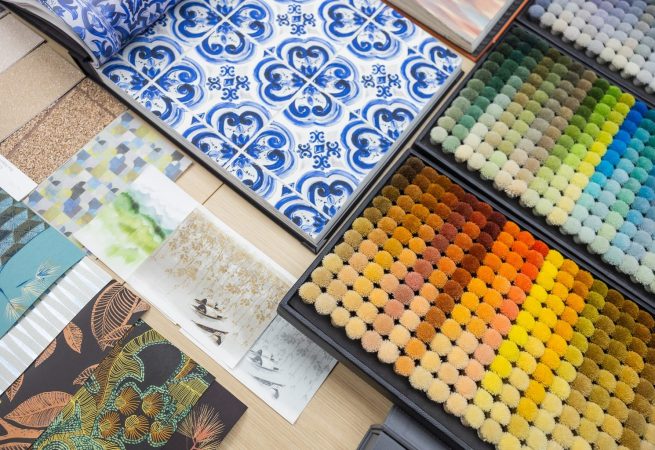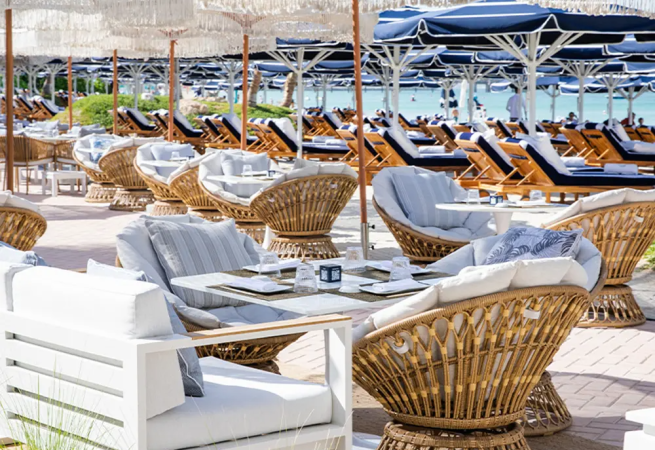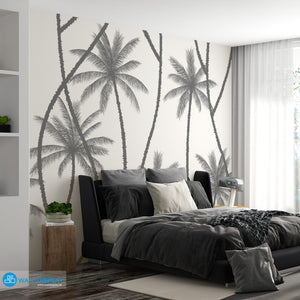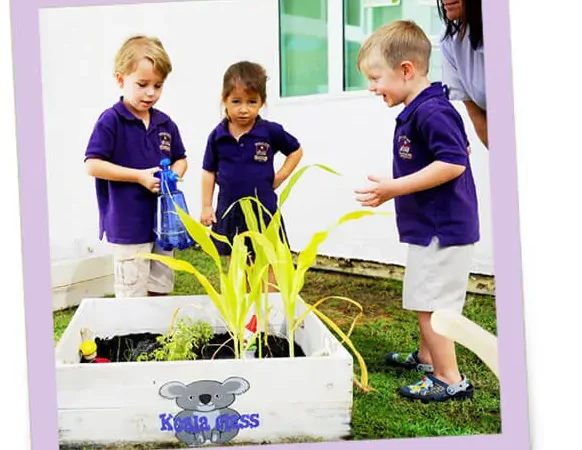

What Is The Difference Between Cat Food And Treats?
Many cat owners find themselves choosing between cat food and treats for their pets, but these two products serve very different purposes. While both are designed to satisfy your cat’s appetite, they offer different nutritional benefits and should be used in different ways.
Here’s a simple breakdown of what sets cat food and treats apart.
Cat food: The main source of nutrition:
Cat food Dubai is specifically formulated to meet the daily nutritional requirements of cats. It includes a balance of proteins, fats, vitamins, and minerals that are necessary for your cat’s overall health. Whether it’s dry food, wet food, or raw food, the main goal of cat food is to provide the right nutrients to keep your pet healthy.
Different types of cat food are available to suit various life stages, such as kitten, adult, and senior formulas. These diets are tailored to address specific requirements at each stage of a cat’s life. For example, kitten food is higher in calories and protein to support growth, while senior food may include ingredients that promote joint health and support ageing organs.
Cat treats: A special snack:
Cat treats are generally meant to be given in moderation as a snack or reward. They are not intended to replace regular meals but are often used as a supplement or a training tool. Treats come in many flavors, textures, and shapes and some are even designed to support dental health or provide a boost of specific nutrients.
Unlike cat food, treats are often lower in essential nutrients and higher in fats or sugars. This makes them less suitable for use as a primary food source. They are often given in small amounts to encourage positive behavior, offer a moment of enjoyment, or simply show affection.
Nutritional differences:
One of the main differences between cat food and treats lies in their nutritional composition. Cat food is formulated to be a balanced meal, containing all the essential nutrients for your cat’s well-being. Treats, however, are typically higher in calories and lower in essential nutrients. Too many treats can upset your cat’s balance of nutrition and contribute to weight gain or other health problems if not given in moderation.
Frequency of use:
Cat food should be the staple of your cat’s diet, given on a regular, daily basis. Depending on your cat’s age and health desires, food portions will vary, but it’s important to provide meals consistently. Treats, instead, should be offered sparingly—usually as a reward, training aid, or for occasional enjoyment.
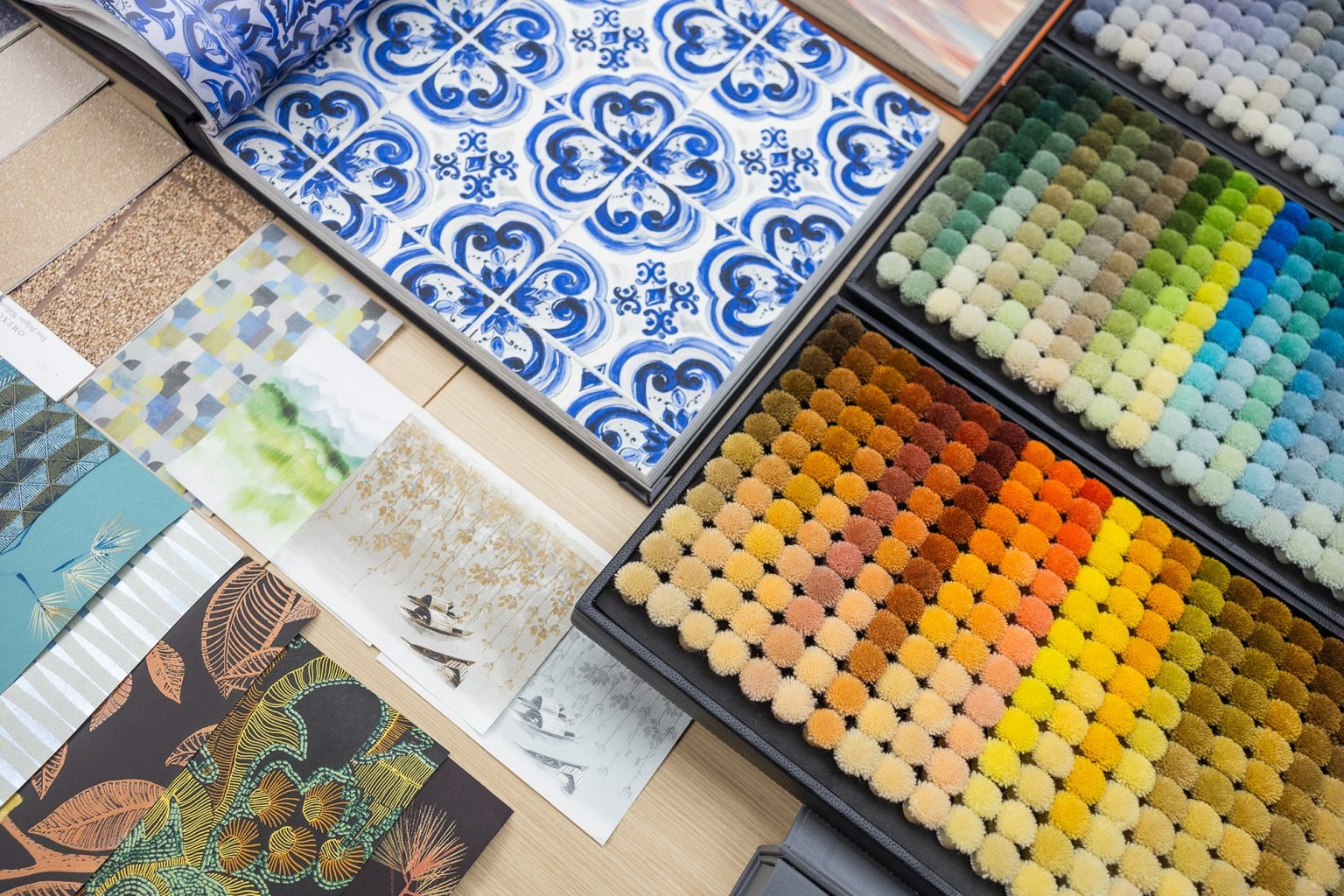
Choosing the Right Recycled Fabric Supplier for Your Chairs and Sofas
It needs a bit of care and research to choose the right recycled fabric supplier. Simply said, the fabric you use plays a big role in how your product looks, feels, and holds up over time. It’s not just about finding recycled materials, it’s about finding ones that last, are made in a fair way, and meet trusted standards.
Looking at Durability
One of the first things to think about when selecting a recycled fabric supplier Dubai is how strong the fabric is. Just because a fabric is made from recycled materials doesn’t always mean it’s going to hold up the same way as traditional ones.
Ask the supplier for samples and test them. Feel the fabric, stretch it, and check how it reacts to wear and cleaning. You want something that not only looks good but will last through regular use. A strong recycled fabric helps avoid waste in the long run.
Thinking About Ethics
How the fabric is made matters too. A good supplier will be open about where the fabric comes from and how it’s processed. They should be willing to talk about their workers, factories, and the steps they take to treat people fairly.
If a supplier avoids answering these questions or gives very little detail, that might be a red flag. A responsible company usually has nothing to hide and will talk openly about its values and practices.
Checking for Certifications
Certifications can help you understand more about how the fabric was made. Labels like GRS (Global Recycled Standard) or OEKO-TEX can give you peace of mind that the fabric meets certain standards. These checks look at both the content of the material and the way it was handled.
While you don’t need to memorize every label, it helps to learn what a few of them mean and what kind of testing they involve. You can also ask suppliers to explain their certificates and what they cover.
Picking the best supplier that fits your needs takes time, but it’s worth it. When you find someone who offers strong fabrics, treats people well, and follows trusted methods, you’re more likely to get quality you can count on. It also helps build trust with your customers and gives your work more value in the long run.
